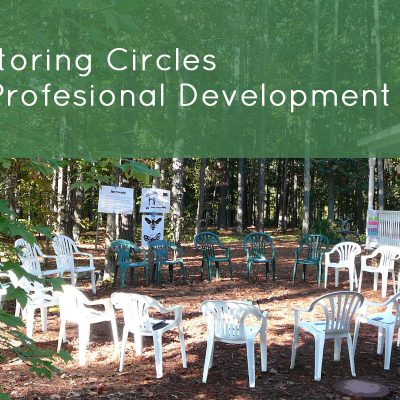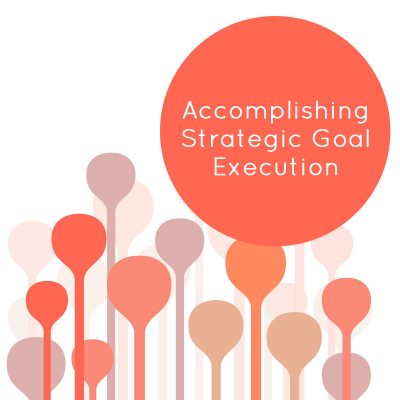
In our experience, the problem a prospective client thinks they have is often different from the actual problem that needs solving. In some cases, the symptoms can have persisted for years with several interventions, hours of time and thousands of dollars invested to solve the problem they think they have without the hoped for results. Today’s tip is an invitation to consider a discernment process before sending out an RFP to consultants to help you and your organization solve a problem. To take some time to discern whether you are solving the right problem.
We worked with a large and well known educational institution that had recently been through a year long process to bring their management practices up to a particular standard. They had fairly good management practices to start with, but were experiencing some other organizational problems that were affecting staff morale and student satisfaction.
They became convinced that the underlying problem was inadequate management practices even though they thought they had fairly good practices. They could not ignore what they were experiencing in staff morale and student satisfaction, two metrics by which they measured how they were doing.
Management consultants of great repute had come in, carried out a management audit, and indeed found room for improvement. It was believed that a more streamlined management system would solve the morale and satisfaction challenges.
When the new management system was in place a follow up management audit was done. The institution was shown to have state of the art management practices and scored high in the audit. This was a noble endeavor. However, the two key indicators of low staff morale and low student satisfaction persisted in the following years. Fixing the problem of ‘inadequate management practices’ had not solved the problem. Perhaps it wasn’t the right problem they were solving.
Discerning The Right Problem to Solve
We were contacted for help. We went through a simple discernment process with the Board of Directors to get clarity about the problem that they wanted to solve. This discernment process is something we do with every client we work with. This process helps to ensure that we are working together in solving the right problem; making the best use of your valuable time and resources.
Low staff morale and student satisfaction were symptoms. We know that these symptoms, while common in many organizations we work with, are never the root problem. There had to be something under the surface that was the right problem to solve.
The problem was identified as ‘inadequate employee engagement’ with accompanying awareness about not having processes to achieve employee engagement. The conclusion reached was that if processes to achieve employee engagement became part of daily operations, both staff morale and student satisfaction would improve. As you can imagine, solving the actual problem of ‘inadequate employee engagement’ requires a different process than solving the perceived problem of ‘inadequate management practices’.
This issue of the perceived problem being different than the actual problem is very common. Most of the time, the problem an organization thinks it has and the actual problem are different. Over the last 20 years, we’ve found this discernment process to be critical to achieving successful outcomes together. That’s why it’s the first step we take with any organization interested in working with us. You can learn more about our engagement process here.
In order to solve the actual problem of inadequate employee engagement and in turn increase staff morale and student satisfaction, we worked with this educational institution with a strategy of using meetings as a catalyst for engagement. The meetings were focused on an important business goal so that those participating were genuinely engaged in the meeting. They learned Whole Person Process Facilitation, a meeting facilitation method designed to maximize the possibility of learning, contribution and authentic participation.
Employee engagement was high during the meetings. the meetings were designed to ensure follow through action steps so that the results from the meetings made a difference beyond the meeting. The leaders attended a training with us to develop their skills, knowledge and capacity to engage people in their meetings and in one to one interactions.
In follow up a year later, employee engagement was high, as was student satisfaction. By solving the right problem with viable and long-term solutions, we helped this educational institution to achieve real and lasting results.
Photo Credit: Luiz Fernand Pilz | FreeImages.com










Leave a Reply
You must be logged in to post a comment.